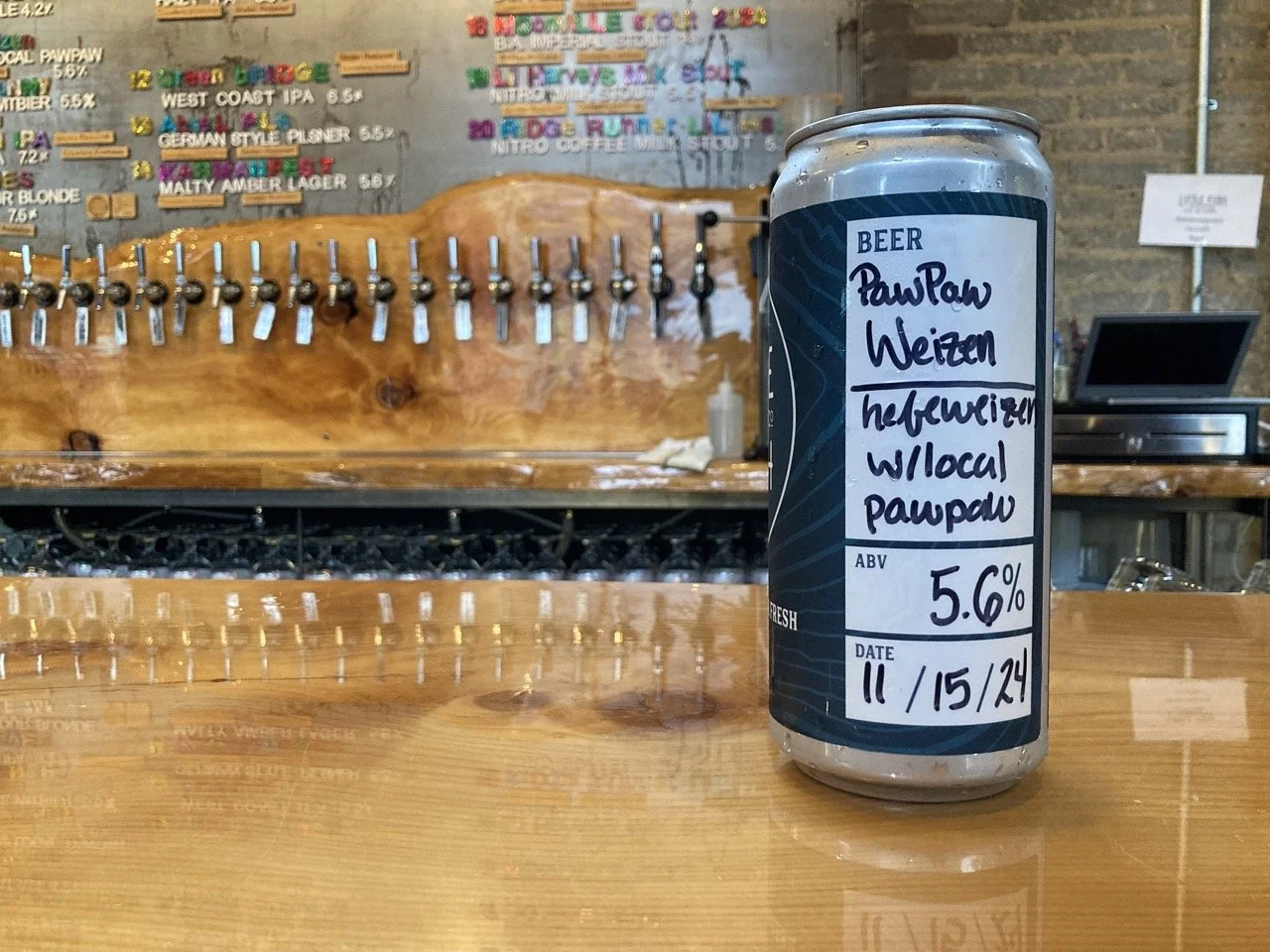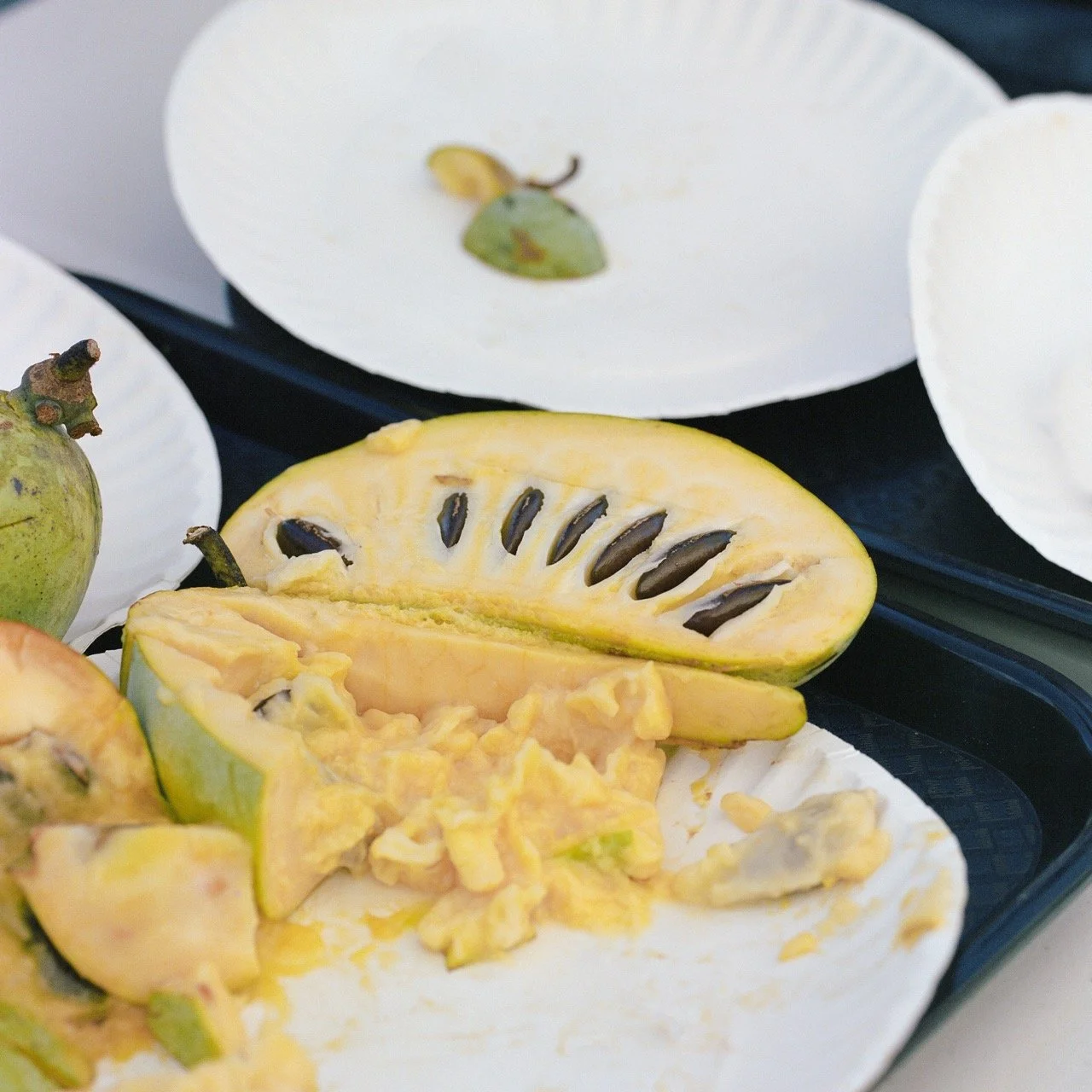Tips for Brewing with Pawpaw

For both flavor and ease of processing (relatively speaking), it’s best to let the pawpaws get a little overripe, similar to letting bananas get brown and soft before making banana bread. Tom Collett at Urban Artifact says the best pawpaws for brewing are the ones that no longer look appealing to eat on their own.
Just like when brewing with any other fruit or natural ingredient, hygiene is important. Pawpaws are obviously not aseptic, and some of the microorganisms that enjoy the fruit as much as you do might take your fermentation in an unwanted direction. Either pasteurize the fruit, or adjust your expectations and plans accordingly.
Part of what makes pawpaws exciting is also what makes them frustrating: Their flavors change day to day across their ripeness window. Pawpaw grower and forager Jay McGrath’s accumulated tasting notes over the years have include marshmallow, creme brûlée, pumpkin pie, strawberry, orange, pineapple, musk melon, and lavender, but have also unfortunately included Alka Seltzer and kerosene. Taste the fruit the day you’re brewing with it to understand what you’re getting into.
Pawpaw works well with other fruits, but will get overwhelmed easily. Seth Morton at Jackie O’s says if you’re going to use another, bolder fruit in addition to pawpaw in a beer, use a gentle hand with the stronger flavor. He says pawpaw works great with cherries, but a little goes a long way.
While pawpaw fruit flesh is delicious, every other part of the plant—including the seeds—is poisonous, so it’s important to be careful to prevent anything but the pulp from getting into your brew (or your mouth).
A professional writer and Certified Cicerone, much of his writing is about books and film (he is a National Book Critics Circle member), he writes a lot about beer too! David is a regular contributor to Craftbeer.com, PorchDrinking, Indiana on Tap, and Dayton City Paper’s beer section.






